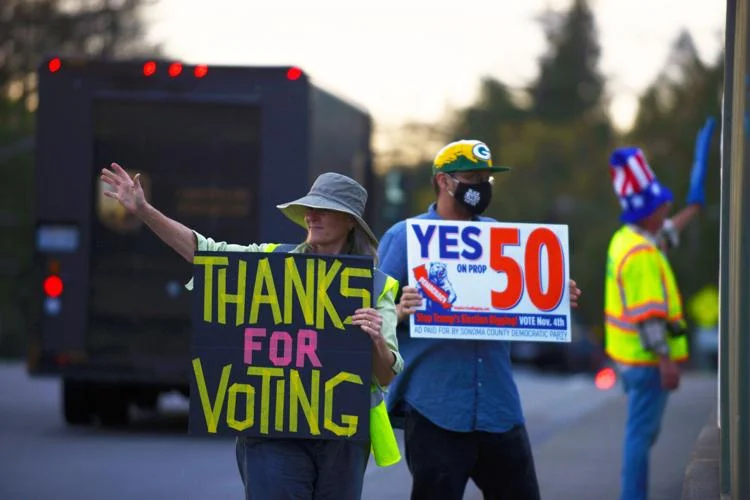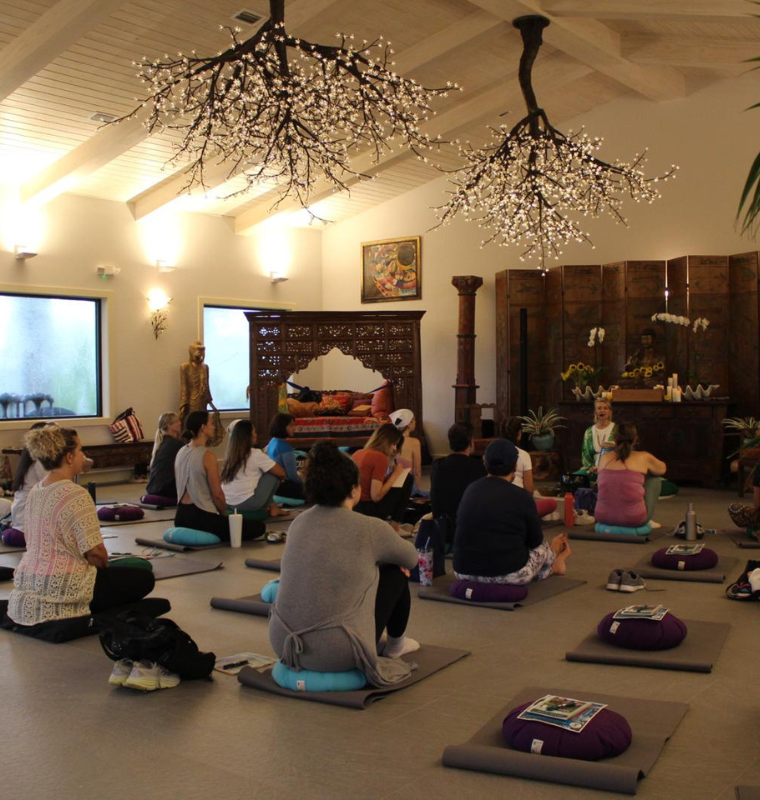California Voters Approve New Congressional Map, Giving Democrats a Strategic Edge for 2026
California Voters Approve New Congressional Map, Giving Democrats a Strategic Edge for 2026
By
David Goldfarb
Last updated:
November 5, 2025
First Published:
November 5, 2025

California voters have approved Proposition 50, a landmark measure that redraws the state’s congressional district boundaries in a move widely seen as a significant victory for Democrats. The new map, which will apply to the 2026, 2028, and 2030 elections, could deliver up to five additional Democratic seats—a crucial shift in the battle for control of the U.S. House of Representatives.
The decision marks a major political triumph for Governor Gavin Newsom, who championed the measure as a necessary counter to Republican-led redistricting efforts in states like Texas, where new maps are expected to secure five additional GOP seats. The measure’s approval effectively sets the stage for one of the most consequential political map battles in recent U.S. history.
A Strategic Win in the Redistricting Wars
Democrats currently hold 213 House seats compared to 219 for Republicans, meaning California’s new boundaries could decisively alter the balance of power in Congress. The outcome will also influence President Donald Trump’s legislative agenda, as Democrats seek to block conservative policies and maintain leverage heading into 2026.
Proposition 50 suspends the maps previously drawn by California’s independent redistricting commission and replaces them with districts crafted by the Democratic-controlled Legislature. These new boundaries merge several conservative rural areas with strongly liberal regions—such as combining far northern California communities with Marin County, one of the most progressive areas in the state.
Former President Barack Obama lent his support to the measure, framing it as a defense of democracy and a way to “stop Republicans in their tracks.”
A Divisive Campaign Backed by Big Money
The campaign around Proposition 50 was among the most expensive ballot efforts in California history. According to AdImpact, Democratic supporters spent over $5 million on television, radio, and digital advertising, while total spending across all media topped $100 million. More than two-thirds of that amount came from Newsom’s supporters.
In contrast, opponents struggled to fund a comparable campaign. Even several Republican incumbents whose districts are most affected—including Ken Calvert, Darrell Issa, Kevin Kiley, David Valadao, and Doug LaMalfa—largely avoided the spotlight, recognizing the uphill battle in a deeply blue state.
Despite losing conservative-leaning ground, Issa remained defiant, saying, “I’m not going anywhere. I’ll continue to represent the people of California regardless of their party or where they live.”
Critics Warn of a “Partisan Power Grab”
Not everyone viewed the move as a step forward. Former Republican Governor Arnold Schwarzenegger, who helped establish California’s independent redistricting commission in 2008 and 2010, denounced the measure as “a step backward.” He warned that the proposal “takes power away from the people,” arguing that Democrats were using the same tactics they criticized Republicans for employing in other states.
Rebecca Fleshman, a 63-year-old retired medical assistant from Norco, expressed similar concerns: “I don’t want Newsom to have control. I don’t want the state to be blue. I want it to be red.”
Still, the measure passed with overwhelming voter support, as early results showed a decisive majority in favor.
Voter Motivations and Political Implications
An Associated Press Voter Poll surveying more than 4,000 Californians found that nearly 70% of voters considered party control of Congress “very important” to their decision. Of those, an overwhelming majority supported Proposition 50.
Roughly 80% of supporters said they voted for the measure to counter Republican gerrymandering in other states, while only 20% cited “fairer maps” as their main reason.
Trump, who has lost California in all three of his presidential runs, mostly avoided the fight. However, on election day, he called the state’s process “RIGGED” in a social media post and claimed it was under “serious legal and criminal review”—a statement swiftly dismissed as “baseless” by Secretary of State Shirley Weber.
A Ripple Effect Across the Nation
California’s decision is expected to reverberate nationwide. Democrats hope their gains will offset Republican redistricting moves in Texas, Missouri, North Carolina, and Ohio, which could collectively deliver up to nine new GOP seats.
Meanwhile, five Republican-led states—Florida, Indiana, Kansas, Louisiana, and Nebraska—are considering their own mid-decade map adjustments. On the Democratic side, states like New York, Maryland, Illinois, Colorado, and Virginia are pursuing similar initiatives, though legal challenges could delay implementation.
In Utah, where all four congressional districts are currently Republican-held, courts have ordered new boundaries, but it remains unclear whether the revised map will provide any openings for Democrats.
A Symbolic Moment for California Politics
For Newsom, Proposition 50 represents both a national political statement and a personal test ahead of his potential 2028 presidential campaign. His ability to marshal massive fundraising, mobilize top Democratic voices, and achieve a landslide win underscores his growing influence within the party.
Among first-time voters was Siddhartha Deb, a 52-year-old new U.S. citizen who registered and voted in San Francisco immediately after his citizenship ceremony. “I don’t like the way the Republican Party is trying to rig elections by gerrymandering,” Deb said. “This is the only way—to fight fire with fire.”
As the redistricting battle expands across the country, California’s bold move signals a new chapter in the national fight over political power—one where the map itself could decide who governs America in the years ahead.
Popular articles
Subscribe to unlock premium content
How Adults Are Paying to Experience Silent Daylong Festivals for Mindfulness

The Rise of Ultra-Personalized Scent Memory Experiences Using Olfactory Therapy

Why Some Millennials Are Paying for One-Day Luxury Survival Challenges in Nature

How Adults Are Paying to Experience Silent Daylong Festivals for Mindfulness

The Rise of Ultra-Personalized Scent Memory Experiences Using Olfactory Therapy

How Adults Are Paying to Experience Silent Daylong Festivals for Mindfulness







.png)

